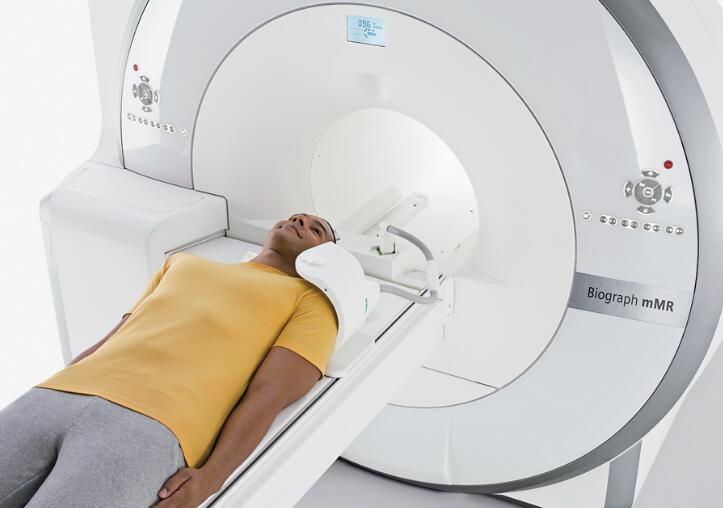On May 19, the State Council announced the decision to amend the Regulations on the Supervision and Administration of Medical Devices, and adjusted the approval of large-scale medical equipment allocation from non-administrative licensing approval items to administrative licensing items. This change quickly caught the attention. The person in charge of the equipment department of a top-three hospital in a western province said that it has been known that the policy of large-scale medical equipment allocation is brewing and changing. "The industry has been waiting for the policy to fall. Many people think that it will be approved. Changed to the filing system, but the actual situation is just the opposite, the management of large equipment is more strict." Strengthen management In fact, strict approval and progressive realization of legalization, standardization, and refinement are the management trends that have long been clearly defined in the management of large-scale medical equipment. In July last year, the relevant person in charge of the Planning and Information Department of the National Health and Family Planning Commission made it clear that the country is preparing a large-scale medical equipment allocation plan for the “13th Five-Year Planâ€. The central and local health and family planning administrative departments will be responsible for the division of labor and large-scale for all medical institutions. The medical equipment configuration is subject to unified planning, unified access, and unified supervision. During the “Thirteenth Five-Year Plan†period, the main idea of ​​large-scale medical equipment configuration is to optimize the allocation of resources and control the unreasonable growth of medical expenses, and plan the planning of large-scale medical equipment to improve the efficiency of resource allocation. Guide medical institutions to properly allocate equipment with appropriate functions, appropriate technology, energy conservation and environmental protection, support the establishment of regional medical imaging centers, and promote resource sharing. Establish and improve the supervision and evaluation mechanism, give full play to the role of social groups, and strengthen industry self-discipline and mutual supervision. Large medical equipment configurations will be adjusted from non-administrative licenses to administrative licenses, and there have been "winds" before. In January this year, the National Health and Family Planning Commission approved the Shanxi Provincial Health and Family Planning Commission's "Request for Issues Concerning the Issuance of Radiological Treatment Licenses", saying that according to the deployment and requirements of the State Council's administrative examination and approval system reform, large medical equipment configuration licenses are not administratively licensed. Adjusted to an administrative license. At that time, the National Health and Family Planning Commission was implementing the new licensing procedures. In accordance with the relevant requirements of the State Council Review and Reform Office, during the implementation of the new licensing procedures, the large-scale medical equipment allocation license was suspended. When the medical institutions applied for the radiology treatment license, they were not required to submit. Large medical equipment configuration license document. "It may be this period of management, which has led many medical institutions to think that the country will relax management," said an industry expert who did not want to be named. Repeated configuration leads to waste of resources China has been implementing an examination and approval system for the allocation of large-scale medical equipment, and has clearly implemented Class A and Class B hierarchical management. Among them, the configuration of Class A large-scale medical equipment is subject to examination and approval by the national health authority, and the configuration of Class B equipment is examined and approved by the provincial health administrative department. Cooling Agent, is a general term for all the chemicals that can produce cooling effects and are not strong. The most common Cooling Agent is menthol (especially L-menthol), but it should not be used in large quantities due to its strong odor and strong irritation to the skin, mucous tissue, and eyes. Therefore, many scientists have synthesized and extracted a new generation of cooling agent. WS-23,flavor,Menthol,WS-5,Koolada,WS-12 Xi'an Double H Health Technology Co., Ltd , https://www.dhextract.com